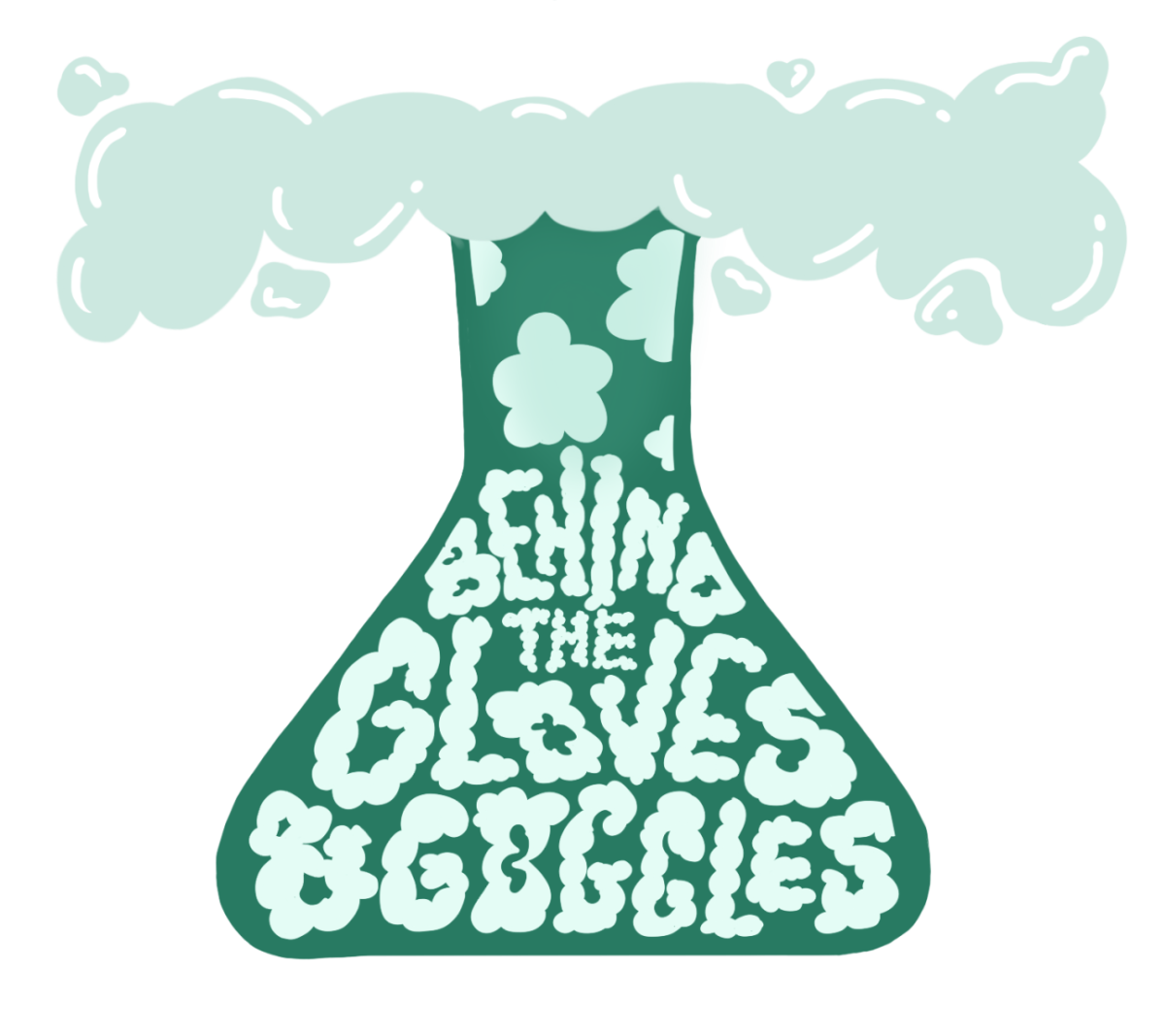In this day and age, it is no secret that screens have become a significant part of our lives. From school assignments to keeping up on social media, communicating with family and friends and more, we are constantly on our devices. With new information and studies coming out about technology’s effects, one topic is coming into light: the effects of blue light.
What is blue light?
Blue light is a high-energy visible light that our eyes cannot effectively filter out. Its short wavelength means blue light produces higher amounts of energy that can be harmful both physically and mentally. It is found all around us from fluorescent lighting, phone and computer screens, LEDs and more.
What are the physical effects of blue light?
Countless studies reveal the negative effects of blue light on people’s physical health, including eye strain, migraines and disruption of our circadian rhythm amongst others.
According to the Prevent Blindness Organization, “Blue light from computer screens and digital devices can decrease contrast leading to digital eye strain. Fatigue, dry eyes, bad lighting, or how you sit in front of the computer can cause eyestrain.”
In schools today, almost every student uses a school-issued computer, a phone and more. In a survey of 61 students, 42.6% claimed they spend four to seven hours every day using technology, whether for school work, homework or personal enjoyment. Even 4.9% of students reported they used screens for 18 or more hours a day.
All of the blue light from screens and lights adds a lot of tension on our eyes, especially when the exposure is upwards of seven hours per day. This high-energy light for long periods of time can lead to more serious problems in the future, with some of the most severe issues ranging from retinal damage to vision problems to age-related macular degeneration.
In addition to eye strain, one of the biggest problems correlated with blue light is the disruption of our circadian rhythm, the changes our bodies go through mentally and physically in a 24-hour cycle.
“Your brain responds evolutionarily as though it’s the light that for thousands of years has been impacting us, not what’s been created in the past 20 years,” AP Psychology teacher Eve Winiarski said. “Your brain thinks, this light source must be natural. And so when you are using something like a cellphone or a computer at night, your brain is like, ‘It is light out right now and I should be awake.’”
When we are exposed to any form of light, the production of melatonin, the hormone that makes us tired at night, decreases when it should be increasing. Our brains assume it is still daytime and we need to be awake and alert. This creates a disturbance in our circadian rhythm at night because instead of getting ready to wind down for the day, our brains stay alert and awake well into the night.
To avoid this issue altering our circadian rhythm, doctors suggest avoiding devices 30 minutes or more before bed to get the best form of sleep. However, out of 61 students surveyed, up to 50.8% responded that they do not stay away from devices for the suggested time. These bad habits contribute to exhaustion and fatigue on a daily basis.
“The biggest issue I’ve had with fluorescent light was… I used to get headaches all the time…” Winiarski said. “The biggest change for me is that I don’t work in those rooms without windows and I don’t get headaches anymore. So having a natural light source alleviated whatever strain was happening on my eyes from the artificial lighting.”
While not a common symptom for some, blue light has shown to trigger migraines for headache-prone individuals.
According to Make Great Light, “Over 50% of people with migraines are prone to such attacks when exposed to fluorescent light. A study found that approximately 85% of migraine attacks in persons with chronic headaches and photophobia are triggered by fluorescent light.”
What are the mental effects of blue light?
Blue light does not affect everyone mentally. However, a person’s levels of anxiety on a day-to-day basis can determine the effects of blue light, especially fluorescent lighting.
According to the National Library of Medicine, “Participants with anxiety disorders are affected by the fluorescent light. They feel uncomfortable and would prefer to either leave the place with fluorescent light or try to adapt to the situation.”
Although blue light may not cast negative impacts on everyone, staying up scrolling through Instagram can.
“Phones, in particular, are so addictive,” Winiarski said. “You scroll and then all of a sudden something is on TikTok or something is on Instagram and then you’re like, ‘I should watch the next video.’”
Individuals not only lose valuable sleep and time that could be spent on more beneficial tasks, but they constantly absorb content that is fake, harmful, unrealistic or overall detrimental to a person’s self-esteem.
What should we do instead?
While being completely technology free would be ideal, it ultimately is unrealistic in this day and age. However, we can still reduce how long we are in blue light settings. One change we can implement into our lives at school, for both staff and students, is taking advantage of classrooms with windows.
Natural light has a variety of benefits, and by allowing more natural light to brighten the workplace, both students and staff can benefit physically and in terms of productivity
According to the study by NC State University, “Employees working in natural light recorded higher levels of energy than those working under artificial light… This data confirms what many studies have shown: natural light leads to enhanced productivity.”
Natural light has a significant number of health benefits. Sunlight is our body’s biggest source of Vitamin D which heavily influences our mood by regulating serotonin and melatonin levels. In addition to mood regulation, Vitamin D is important for other aspects of our overall health.
“Vitamin D is important for absorbing calcium and promoting bone growth, as well as helping prevent certain types of cancers, heart disease, depression and weight gain,” NC State University said.
So it might be time for us to put down our phones, go on more walks in the sun, turn off those pesky fluorescent lights and let in some sun through the windows. At the end of the day, our health matters and only we can do something about it.
This story was originally published on The Tom-Tom on March 6, 2023.






























![IN THE SPOTLIGHT: Junior Zalie Mann performs “I Love to Cry at Weddings,” an ensemble piece from the fall musical Sweet Charity, to prospective students during the Fine Arts Showcase on Wednesday, Nov. 8. The showcase is a compilation of performances and demonstrations from each fine arts strand offered at McCallum. This show is put on so that prospective students can see if they are interested in joining an academy or major.
Sweet Charity originally ran the weekends of Sept. 28 and Oct. 8, but made a comeback for the Fine Arts Showcase.
“[Being at the front in the spotlight] is my favorite part of the whole dance, so I was super happy to be on stage performing and smiling at the audience,” Mann said.
Mann performed in both the musical theatre performance and dance excerpt “Ethereal,” a contemporary piece choreographed by the new dance director Terrance Carson, in the showcase. With also being a dance ambassador, Mann got to talk about what MAC dance is, her experience and answer any questions the aspiring arts majors and their parents may have.
Caption by Maya Tackett.](https://bestofsno.com/wp-content/uploads/2024/02/53321803427_47cd17fe70_o-1-1200x800.jpg)
![SPREADING THE JOY: Sophomore Chim Becker poses with sophomores Cozbi Sims and Lou Davidson while manning a table at the Hispanic Heritage treat day during lunch of Sept 28. Becker is a part of the students of color alliance, who put together the activity to raise money for their club.
“It [the stand] was really fun because McCallum has a lot of latino kids,” Becker said. “And I think it was nice that I could share the stuff that I usually just have at home with people who have never tried it before.”
Becker recognizes the importance of celebrating Hispanic heritage at Mac.
“I think its important to celebrate,” Becker said. “Because our culture is awesome and super cool, and everybody should be able to learn about other cultures of the world.”
Caption by JoJo Barnard.](https://bestofsno.com/wp-content/uploads/2024/01/53221601352_4127a81c41_o-1200x675.jpg)






